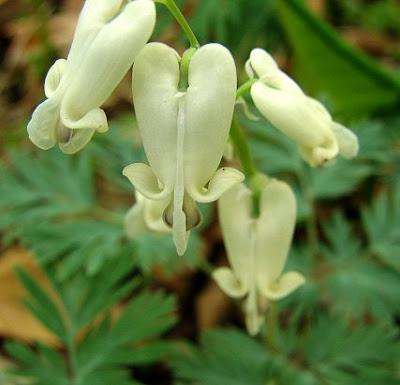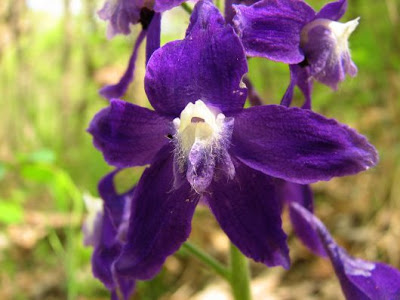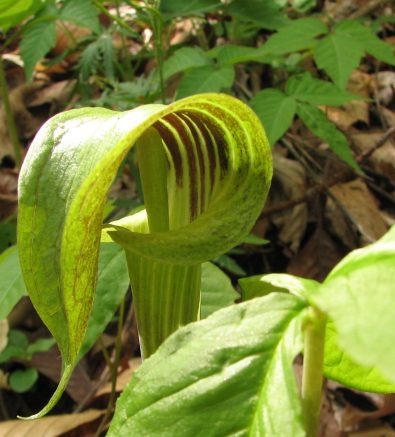songbird traffic jam
Suddenly there are bustling birds everywhere I look. You have to wonder where they have been hiding till the insects could come back out again, but this weekend, there was a frenzy of activity across the state while running my family errands.... down at the river (nashville) up the creek (momma's on roan creek, west tn) and back in the holler-here in eastern middle tn (yes i travelled alot this weekend). I kept the camera strapped on, and progress was slowed because I kept stopping to watch the nesting, eating, mating and just play activity.
When I visit Cynthia Mead's site (oh yea, I am not even worthy to visit her photographs!) I often consider just giving up on photographing birds, till I remind myself that it is not my calling, it is my comfort.
I was comforted indeed in my wanderings to see flocks of warblers, vireos, more indigo buntings than ever, many bluebirds, and bees of various sizes. I feel sorriest for the hummingbirds, though. People are reporting insane numbers at their feeders, and looking around, there are really no blooms right now, as all blossom buds were frozen. It will be interesting to see how long it takes for tree and shrub blooms to recover and if they do.
Does not this tree swallow look like batmans costume was patterned after him? In rest, they look just like they fly (if that makes any sense) I did not realize how irridescent blue they were.

















